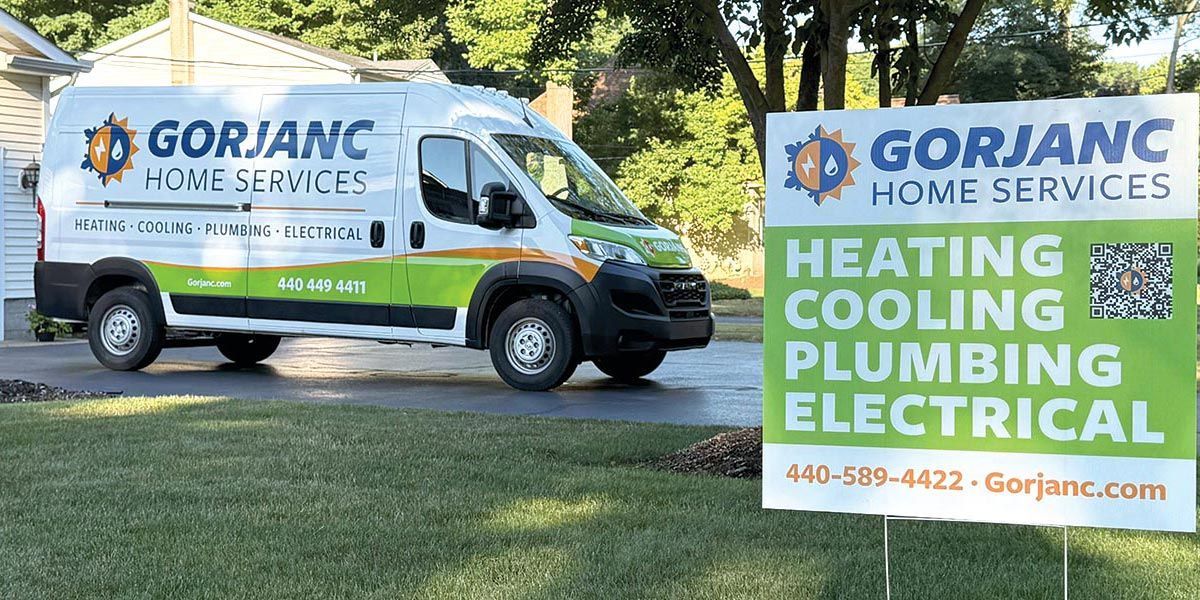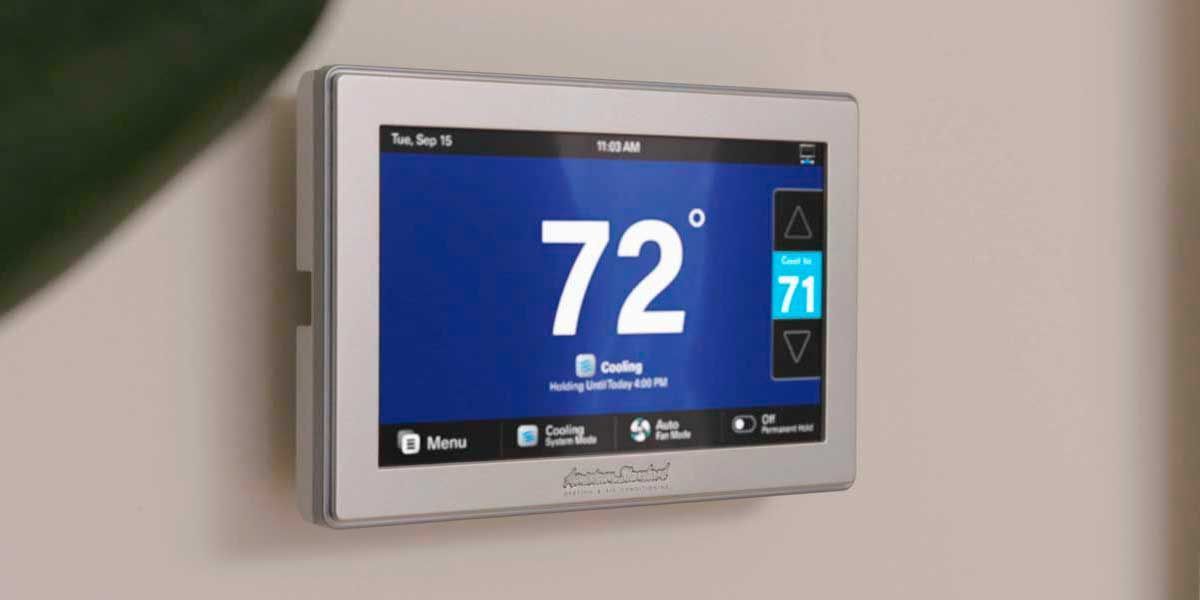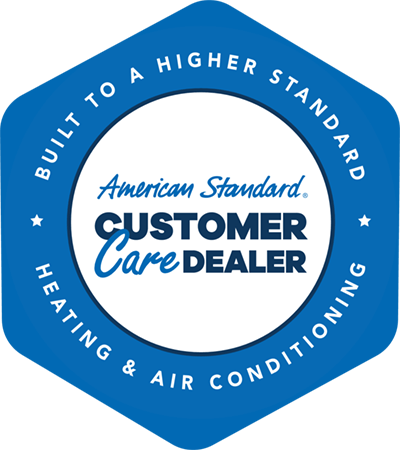6 Signs of Poor Indoor Air Quality
A study by the US Environmental Protection Agency shows that indoor air quality is often five times (sometimes as much as 100 times) more polluted than outdoors.
Air pollutants in your home can cause health issues like allergies, cough, eye irritation, and headaches. Therefore, you must maintain the air quality in your home and workplace.
However, more often than not, we are unaware that the air we breathe is of dangerously poor quality.
Here are six signs to gauge substandard indoor air quality:
1. Excessive dust build-up
If you notice a significant amount of dust covering household surfaces and air vents, it is a clear sign that your indoor air quality is poor. The dust formation can be due to the build-up of aerosol, pollen, pet hair, dander, mites, and other allergic substances in your HVAC system. To resolve the issue, practice thorough cleaning or upgrade the infrastructure.
2. Inconsistent air distribution
If you can feel cold or warm spots in your home, the most likely cause is a faulty HVAC system. When your HVAC system isn’t functioning as it should, the indoor air quality can suffer as a result. The humidity level in your house can also rise, making your rooms both stuffy and a breeding ground for bacteria.
3. Mold and mildew growth
Mold and mildew often accompany high humidity levels. If you notice a musty smell or black and green spots on moisture-exposed areas, it may be due to mold build-up which is a clear indicator of poor indoor air quality.
4. Unpleasant odors
Human beings quickly desensitize to foul odor. Therefore, it can be tricky to notice a lived-in lousy smell. However, if you regularly return home to an unpleasant odor, it’s a sign of poor air quality. The issue may arise out of pest infestation, mold growth, or chemical build-up, all of which are harmful to your health.
5. Presence of toxic gases
Some dangers are not easily identifiable but can still cause a lot of harm. These include the silent presence of carbon monoxide, carbon dioxide, nitrogen oxide, formaldehyde, pesticides, VOCs, and harmful bacteria and fungi. These can cause various respiratory problems in both children and adults.
6. Frequent illnesses
If you or your family members frequently fall sick or suffer from long-term allergic reactions, your indoor air quality is probably compromised. To avoid slow-burning medical issues, it’s best to contact the Gorjanc team to carry out a rigorous inspection of your home's indoor air quality. Call (216) 545-1776 today!








